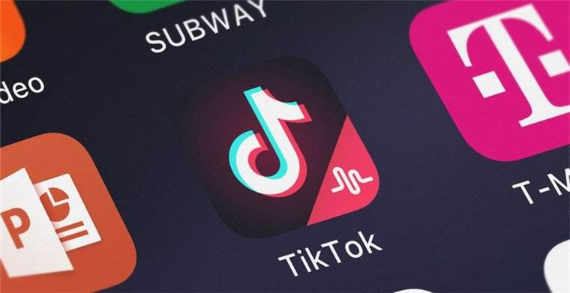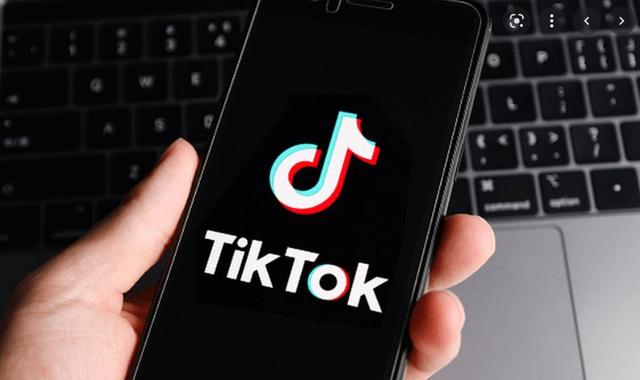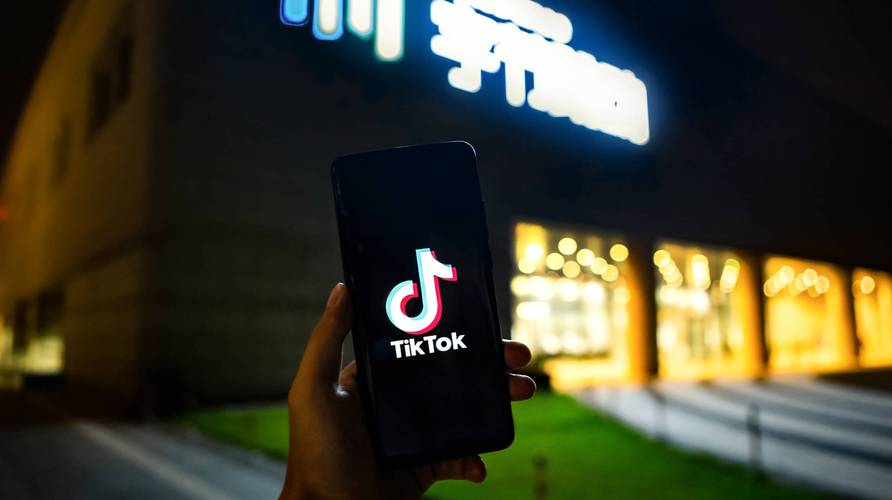Consumer Psychology: Why Do Unboxing Videos Promote Conversions?
Recent studies reveal unboxing videos increase product purchase rates by up to 30%. These videos show people opening newly bought items. Experts say this trend connects to basic human psychology. Viewers experience the product through someone else’s eyes. This creates a sense of participation. People feel closer to owning the item themselves.
(Consumer Psychology: Why Do Unboxing Videos Promote Conversions?)
Unboxing videos trigger curiosity. The process of revealing a product step by step builds suspense. This suspense keeps viewers engaged. It also creates emotional investment. People enjoy the satisfaction of seeing a package opened. This mimics the joy of receiving a gift. Brands use this to turn ordinary purchases into memorable experiences.
Social proof plays a key role. Watching others interact with a product reduces uncertainty. People trust real-world examples over ads. Unboxing videos show the product in action. They highlight details like texture, size, or sound. This answers questions shoppers might have. It also reduces fear of disappointment after buying.
Creators often share personal reactions. Positive excitement feels genuine. Viewers relate to these emotions. They imagine feeling the same way. This drives them to replicate the experience. Younger audiences especially value authenticity. They prefer raw, unfiltered content over polished commercials.
Retailers notice shorter decision-making cycles after customers watch unboxing clips. The videos act as virtual testimonials. They bridge the gap between online shopping and physical stores. Seeing a product removed from packaging makes it feel tangible. This is critical in e-commerce, where customers can’t touch items beforehand.
Brands are advised to collaborate with creators who align with their identity. Focus on clear visuals and genuine reactions. Close-up shots of packaging details matter. Background sounds like tearing tape or rustling paper add realism. Subtle elements build trust. Overly scripted content risks losing viewer interest.
(Consumer Psychology: Why Do Unboxing Videos Promote Conversions?)
The trend shows no signs of slowing. Platforms like TikTok and YouTube report rising unboxing video consumption. Businesses adapting to this shift see measurable gains in customer engagement. Prioritizing relatable content over traditional advertising methods appears essential.



